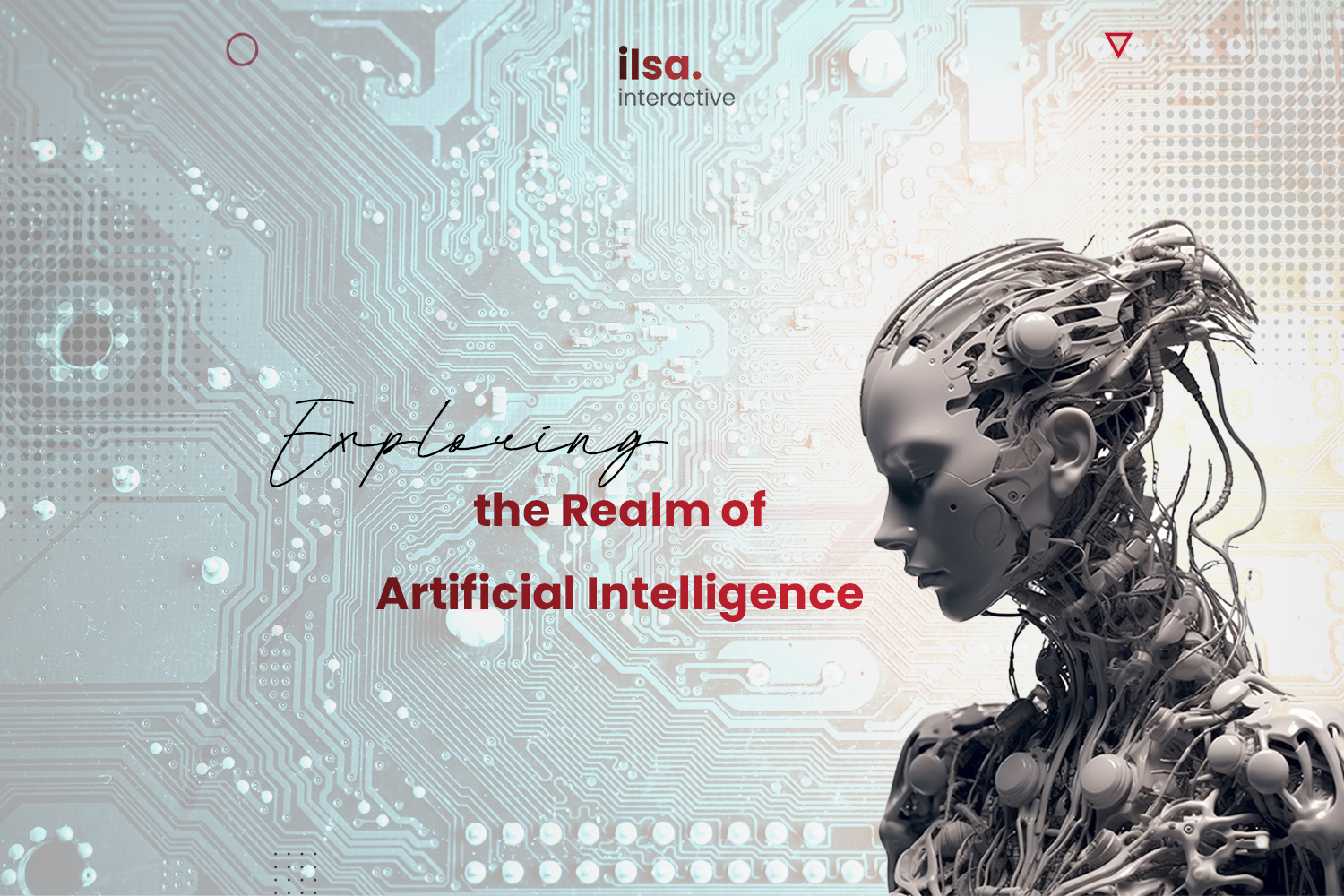Demystifying AI:
A Guide to Understanding Artificial Intelligence

Artificial Intelligence is a fast moving space that is
taking over almost all facets of the tech world. The rapid growth that AI has had is
making a massive impact on the rest of the industry. Almost all of the industry leading
companies are either looking for ways to incorporate it into their own products and
services or they are looking to create their own AI platform that could rival the rest
of the players within the space.
When talking about the different types of AI, we need to understand that each one of
them is tasked with the completion of specific tasks. The two broad types are Weak or
Narrow AI, also known as Artificial Narrow Intelligence (ANI), and strong AI which is
further made up of Artificial General Intelligence (AGI) and Artificial Super
Intelligence (ASI).
Differentiating Between Narrow and General AI
Both weak and strong AI have their own characteristics that
make them different from one another. The basic purpose of narrow AI is to tackle one
specific goal at a high level rather than be able to do everything at a high level.
Narrow AI can be seen in our daily lives in the form of the digital assistants that are
present on our laptops, tablets, and mobile devices. These digital assistants are
focusing directly on tasks such as finding us directions, making calls, or writing
texts. They cannot carry out more complex tasks that might require them to learn or go
through a large amount of data in order to complete a task. Weak AI, for lack of a
better word, is not actually that weak; they can carry out tasks that they are
programmed to do with ease and accuracy that we as humans cannot. For example, would you
think that the AI that is present in self-driving is weak? No you wouldn’t. Narrow AI is
specifically programmed to handle specific functions accurately and efficiently; if they
are given tasks that are outside their fixed functions they will fail to complete them.
The use of these weak AIs is in time consuming tasks where they can take over from
humans and complete them accurately saving time and resources.
Strong AI is much different from narrow AI; it should hypothetically have high level
capabilities of learning, the ability to mimic our common sense, and its own creativity,
tackling challenges and problems that may arise similarly to how we humans do. The aim
of strong AI is to create something that is self-aware and conscious, which would give
it the ability to tackle tasks in a much more human-like manner, along with the ability
to learn and adapt at a much faster rate than humans, but this is all hypothetical since
there is no working example of strong AI.
How can AI fit into your business?
Many big corporations are finding ways to incorporate AI
into their products, services or operations. In terms of using artificial intelligence
in business, many organizations are looking towards the analytical power that AI
possesses. It can provide great insight into the data that many different organizations
maintain, allowing for better decision making. Another application is automation which
can range in many different aspects; it can automate the chat boxes that show up on a
website, or even be incorporated into warehouse management. We have also seen AI get
adapted into many different industries, one of the biggest examples being the
incorporation of AI into the stock market; stock traders now use AI algorithms that
allow them to make trades that have a higher percentage of success.
Observing the rapid expansion of AI, with new applications emerging daily, serves as a
reminder of the importance of integrating new technology into our work. Such integration
can empower individuals to expand their businesses and unlock the full potential of
their innovative ideas.